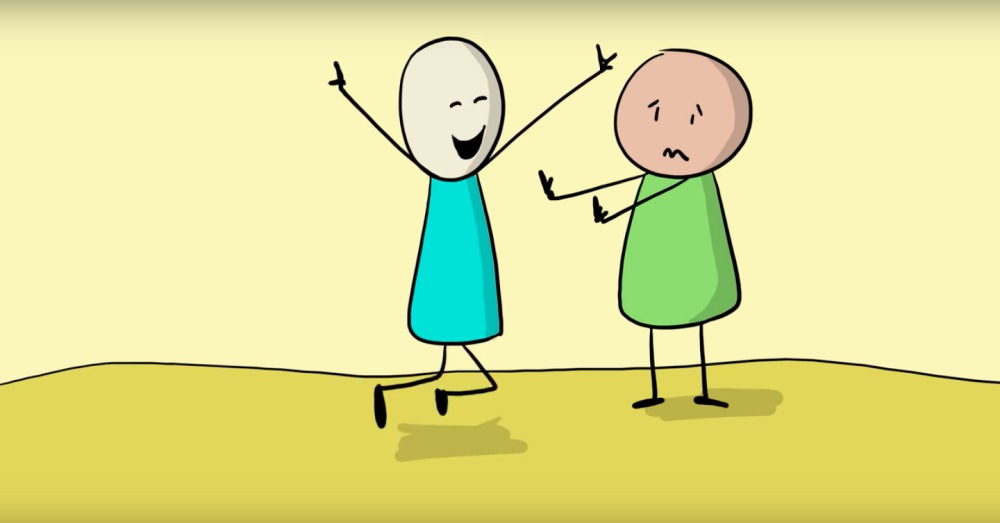
We are going to cover consent. Yep, consent may seem like a challenging topic to discuss with our kids, but it is so, so important to teach our children about what is okay and what isn’t. This is a bigger conversation about respect, empathy, and making good choices.
Here are some steps to cover:
Start Early
Begin teaching consent concepts at a young age. Even toddlers can begin to understand basic ideas about personal space and touching. Use simple language and age-appropriate examples. For example, your young child can learn about consent when they are tickling a friend and the friend says “no.” Honoring that “no” is learning about consent.
Model Consent
The best way for children to learn is by modeling. They learn when you lead by example. Show your child what consent looks like in your own interactions. Ask for their permission when you want to hug or play with them. They get to decide what happens with their own body. This is an opportunity to reinforce the idea that they can say “no” if they’re not comfortable. You are training them to learn to listen to their inner voice.
Respect Boundaries
Teach children that everyone has personal boundaries, and it’s important to respect them. Explain that these boundaries can include physical space, belongings, and feelings.
Use Clear Language
Use words and phrases that are easy for children to understand. For example, “It’s important to ask before touching someone” or “only hug or kiss someone if they say it’s okay.” You are showing them to use language to determine boundaries when they are older. This is also a great reminder that people can change their minds about what they want to do with their bodies, and they can express that.
Explain Body Language
Explain that consent isn’t always verbal. Teach children to pay attention to non-verbal cues like body language and facial expressions. If someone looks unhappy or uncomfortable, it’s important to stop and check in with them. You have to show there is a connection between verbal consent and how people show how they feel with their body language. Noticing this when they are young, and the stakes are lower will help when they are older and the situations are much more serious.
Discuss Peer Interactions
Emphasize that consent applies not only to physical touch but also to things like borrowing belongings, playing games, and sharing personal information. Teach them that they have the right to say “no” in these situations as well. There are lots of situations where people need to protect themselves. Show how that can look for your child.
Consider Role-Playing
Use role-playing scenarios to help children practice asking for consent and responding to others’ requests. For example, asking about sharing a toy or another item. Or asking for a hug or to play a game. This can make the concept more concrete and relatable.
Discuss Digital Consent
As children grow, it’s important to teach them about consent in digital interactions, such as sharing photos or messages. You want to be explicit in your language with your child. Discussing the importance of not sending explicit images or nudes is a critical conversation to have with children, especially as they become more digitally connected. Stress the importance of respecting others’ privacy online as well.
Consent Is Ongoing
Teach children that consent is not a one-time agreement. Consent is a constant mutual decision. Consent can be withdrawn at any time. Encouraging children to ask for consent before involving others in activities reinforces the idea that everyone should have a choice in what they participate in. Encourage them to always check in with others and respect their changing feelings and boundaries.
Open Communication
Foster an environment where children feel comfortable talking to you about their experiences and asking questions. Let them know that they can come to you if they ever feel uncomfortable or confused. Once again, this is easier to establish when they are young versus when they are older. Remember that this is an ongoing conversation, and it’s essential to revisit these topics regularly as your child grows.
Respect for Others
Emphasize the importance of empathy and treating others the way they want to be treated. Encourage children to be kind and considerate of others’ feelings and boundaries. Sometimes kids don’t understand why someone else may not share their enthusiasm for something. It’s essential to respect what someone wants…even when that person changes their mind.
Remember that teaching consent is an ongoing process that evolves as children grow and mature. By instilling these principles early on, you help empower children to develop healthy relationships built on respect and mutual understanding. By providing guidance and fostering open communication, you can help your child make safe and responsible choices.
If you are looking for some resources on how to talk to your children about consent. We have some options. Local Women’s Healthcare Associates have the article “Talking to your teen about sexuality, consent and other sensitive topics.” Portland’s own A Kid’s Co. has a book about consent for kids over 5 years old called, A Kids Book About Consent. Check them out to help you in your conversations with your own kids.
Have you been talking about consent with your children? What did we miss? Have any tips? Keep up the great work, and keep talking!

Johanna is married with two kids, three dogs, three cats, one leopard gecko, several chickens, and a few fish. She has been in the Pacific Northwest since the dream was alive in the 90s but has Southern roots and hails from Arkansas. The family spends a lot of time at some sort of sporting event for the kids. Johanna likes to fast craft, garden, host parties, and bake. Johanna and her crew go hard traveling, DIY-ing, and are always up for a new adventure or challenge.
